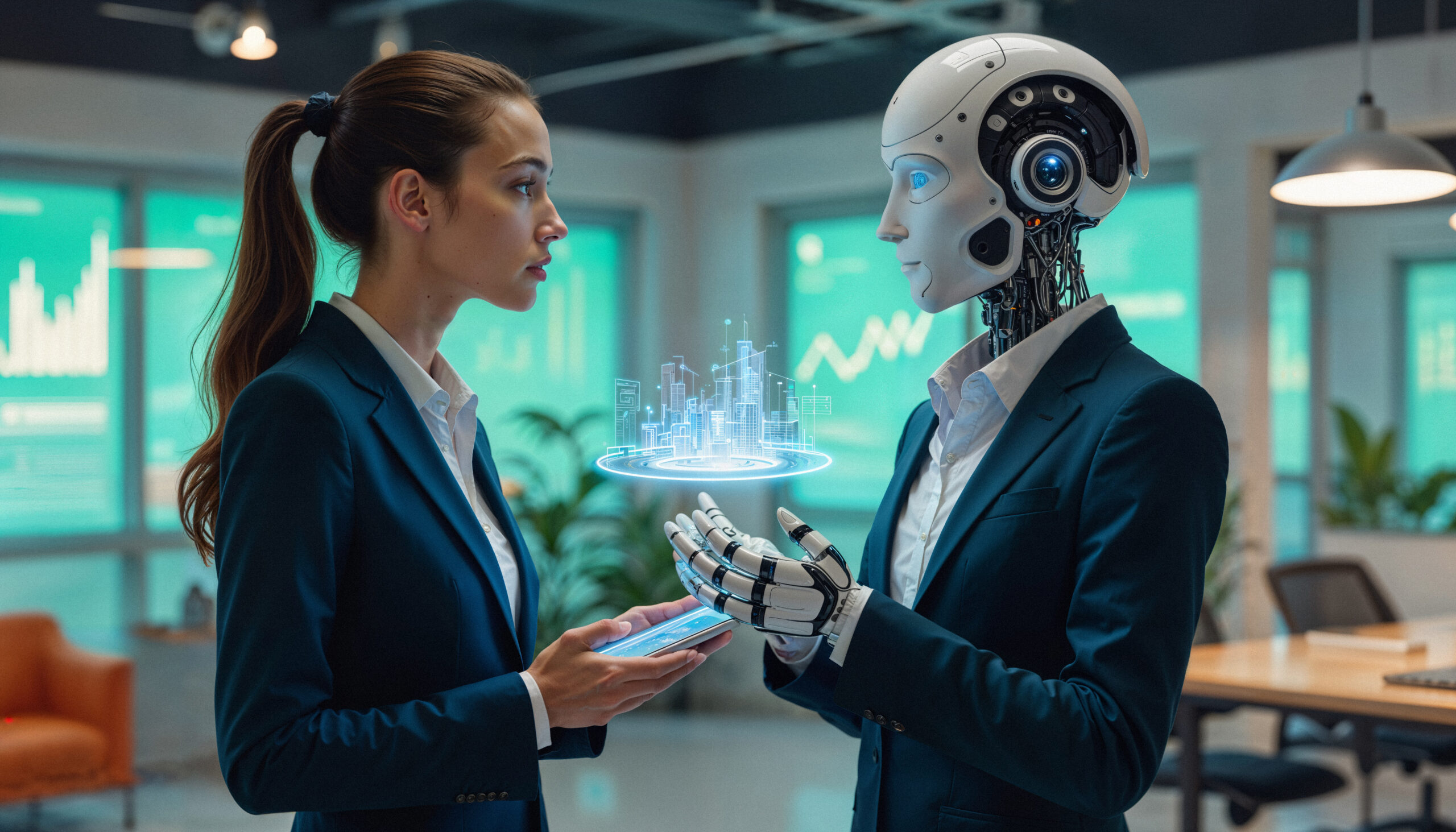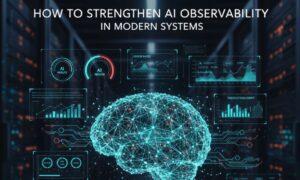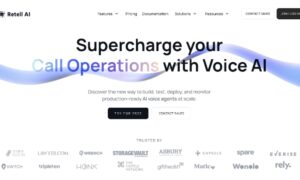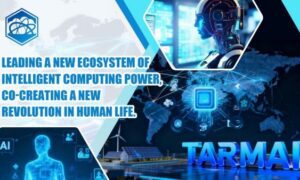We are standing on the cusp of a new digital era. For years, we’ve interacted with software that follows our commands. We click, we type, we direct. But what if our software could act on our behalf without waiting for instructions? What if it could perceive its environment, make its own decisions, and take action to achieve goals we’ve set for it? This isn’t the plot of a science fiction movie. This is the reality of artificial intelligence agents. These autonomous entities are poised to become our digital coworkers, partners, and assistants, fundamentally changing how we interact with technology.
An AI agent is more than just a chatbot or a simple program. It’s a system designed to be self-sufficient within its environment. Think of it like a digital organism. It has a purpose, it has senses to perceive the world around it, and it has the ability to act upon that world to get closer to its goal. This simple but powerful concept is the driving force behind some of the most advanced technology we see today, from self-driving cars navigating busy streets to sophisticated algorithms that manage entire supply chains.
The simple loop that powers complex action
At its heart, an AI agent operates on a continuous loop of three core functions: sensing, thinking, and acting. This is the fundamental rhythm of all autonomous systems, mirroring how living creatures operate.
- Sensing the world: An agent first needs to perceive its environment. For a self-driving car, its senses are a suite of cameras, LiDAR, and radar that build a picture of the road. For an e-commerce bot, its senses are the data streams of user clicks, product prices, and inventory levels. It’s all about gathering the raw information needed to make an informed decision.
- Making a decision: This is where the “intelligence” comes into play. Based on the sensory input it receives, the agent’s internal program or “brain” decides what to do next. This decision-making process can range from a simple, pre-programmed rule to a complex calculation about the best possible outcome.
- Taking action: Once a decision is made, the agent uses its “actuators” to interact with its environment. The self-driving car turns the steering wheel or applies the brakes. The e-commerce bot adjusts a product’s price or sends a personalized recommendation to a user. The action then changes the state of the environment, which the agent senses, starting the loop all over again.
A spectrum of autonomous minds
Not all agents are created equal. Their level of intelligence and autonomy exists on a wide spectrum, which can be broken down into different AI agent types. Simple agents react based on the here and now, while the most advanced ones can learn and adapt their strategies over time. A utility-based agent, for example, doesn’t just work to achieve a goal. It weighs different outcomes and chooses the path that provides the most benefit or “utility,” making it a sophisticated decision-maker for complex financial or logistical problems. A learning agent goes even further, analyzing the results of its past actions to improve its performance, getting smarter with every task it completes.
This evolution is what makes the field so exciting. We are moving beyond simple automation and into the realm of true autonomous problem-solving. Any modern AI development agency is now focused on this paradigm shift. They aren’t just building apps that people use. They are designing intelligent agents that businesses can delegate complex tasks to, freeing up human workers to focus on creativity and strategy. From automating customer support to optimizing energy consumption in a smart building, these agents are becoming the new, tireless digital workforce. They are the logical next step in our relationship with technology, moving from tools we operate to partners we collaborate with.



































